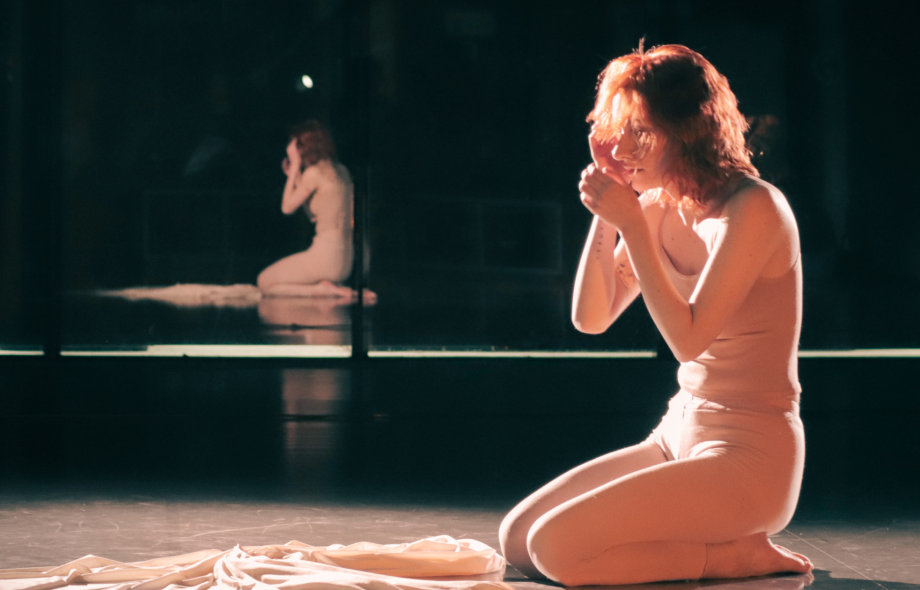Have you ever watched a dancer and felt completely captivated by their performance? It wasn’t just the flawless technique, but the raw emotion that resonated through their movements, drawing you into their story. This captivating quality is the result of a dancer seamlessly blending technical mastery with the power of acting.
If you’re a dancer in Ahmedabad looking to elevate your performance and connect with audiences on a deeper level, consider incorporating acting skills into your repertoire. A study by the National Endowment for the Arts found that audiences are more likely to be engaged by a performance that evokes an emotional response. By honing your ability to express emotions and embody a character, you’ll transform from a skilled dancer into a captivating storyteller.
But how do you bridge the gap between dance and acting? Here are some key steps to get you started:
- Embrace the Character:
The foundation of any captivating performance lies in understanding the character you’re portraying. Whether it’s a specific role in a choreographed piece or a more abstract concept, take time to explore the character’s motivations, emotions, and backstory.
“As long as we’re breathing, we’re capable of changing.” – Stella Adler (Acclaimed Acting Teacher)
Delve into the “why” behind the movement. Is the character joyful, defiant, heartbroken? Let these emotions guide your interpretation of the choreography.
- Explore the Emotional Landscape:
Acting classes in Ahmedabad can equip you with valuable tools to explore a range of emotions and express them authentically. Through exercises and scene work, you’ll learn techniques to tap into your emotional wellspring and translate those feelings into powerful physical expressions.
- Master the Art of Facial Expressions:
Dance is a visual art form, and your face is just as important as your body in conveying emotion. Practice using your facial expressions to mirror the emotions you’re trying to portray through your movement. Don’t be afraid to let your face show joy, anger, sadness, or any other emotion that complements the choreography.
- Connect with the Music:
The music is your emotional roadmap. Listen intently to the music, identify the emotions it evokes, and allow those feelings to guide your movement. Let the crescendos and decrescendos translate into moments of intensity or release in your dance.
- Tell a Story Through Movement:
Think beyond the steps themselves. Each movement should contribute to the narrative you’re trying to convey. Use your body to depict specific actions, relationships, and internal struggles.
- Practice, Practice, Practice:
Integrating acting into your dance requires dedication. Rehearse the choreography consistently, paying attention to your facial expressions and emotional delivery. Video yourself to identify areas for improvement and track your progress.
- Be Vulnerable:
Embracing vulnerability is a key component of both acting and dance. Don’t be afraid to let go of inhibitions and truly embody the character and emotion. Authenticity is what makes a performance truly captivating.
- Embrace the Journey:
This is an ongoing process. Integrating acting into your dance takes time and dedication. Celebrate your progress, learn from mistakes, and enjoy the journey of becoming a more expressive and impactful storyteller.
By incorporating these steps into your training, you’ll unlock a new dimension in your dance. You’ll move beyond technical prowess and develop the ability to connect with audiences on a profound emotional level. Remember, dance is not just about the steps; it’s about the story you tell with your body. So, step into your character, embrace your emotions, and let your dance speak volumes.












